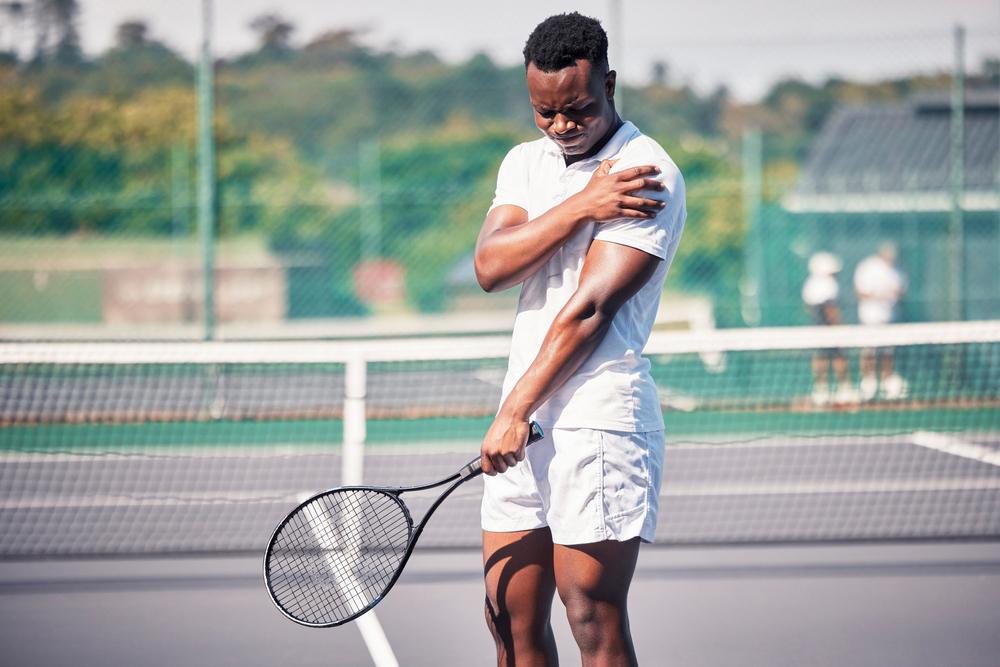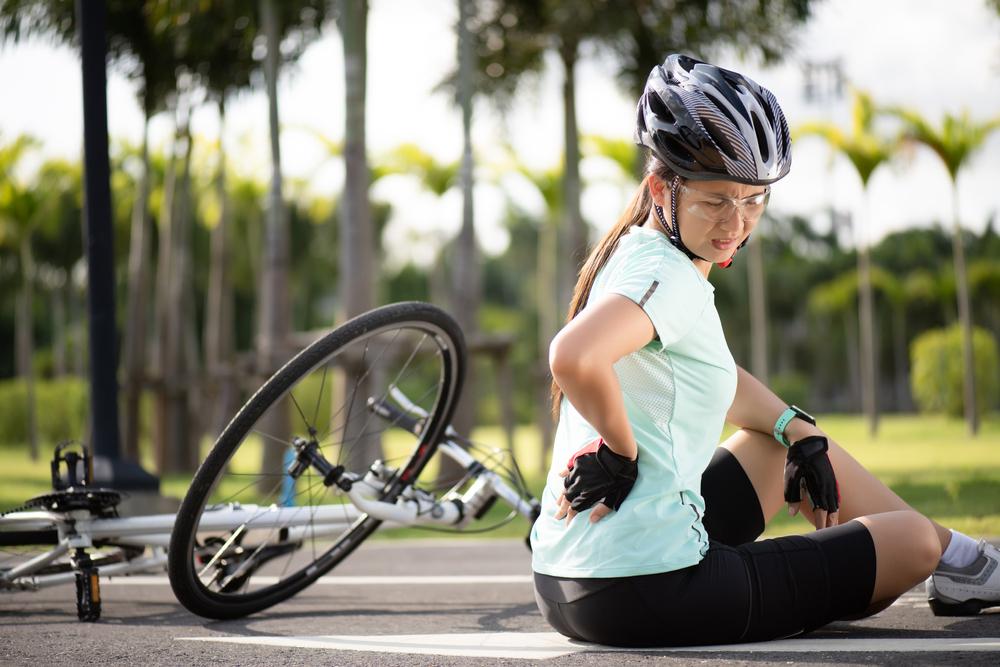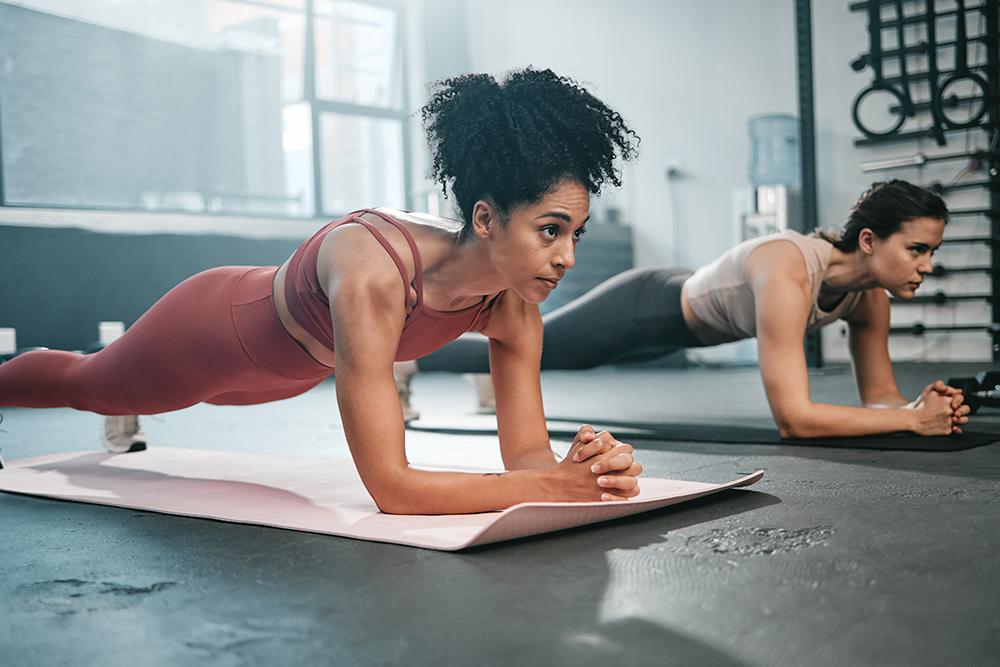 Choosing the right footwear for your athlete can be frustrating and confusing given the constant foot growth, the different shoes for different sports, and the huge variety of styles and price points.
Choosing the right footwear for your athlete can be frustrating and confusing given the constant foot growth, the different shoes for different sports, and the huge variety of styles and price points.
According to Dr. Michele LaBotz, TrueSport Expert and sports medicine physician, choosing the right footwear should come down to performance and protection. “We want to have the foot working hard enough that it has to stay strong and flexible. But we also want to protect the foot and the athlete,” says LaBotz. Here, she is looking at some of the nuanced decisions to consider as you shoe shop.
Training on turf? Get proper shoes
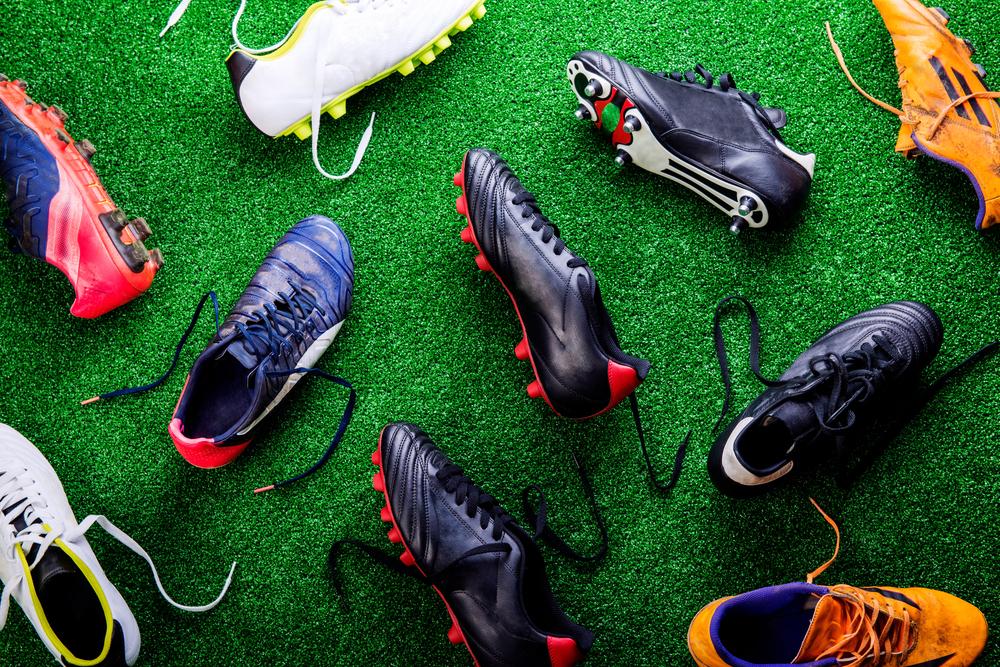 If you’re new to sport, you might think that turf shoes or soccer cleats for your eight-year-old feels like a bit much. But depending upon the sport and the playing surface, the appropriate shoes for the situation really do matter, and many leagues have specific rules regarding required footwear. “If you have a young athlete who’s running pretty fast on grass or turf, then they should be in the right type of shoe to minimize injury risk,” says LaBotz.
If you’re new to sport, you might think that turf shoes or soccer cleats for your eight-year-old feels like a bit much. But depending upon the sport and the playing surface, the appropriate shoes for the situation really do matter, and many leagues have specific rules regarding required footwear. “If you have a young athlete who’s running pretty fast on grass or turf, then they should be in the right type of shoe to minimize injury risk,” says LaBotz.
No problems? No problem.
“If your athlete isn’t having discomfort or foot problems, you probably don’t need to spend too much time fixing their stride. If a child has good running mechanics, is a healthy weight, and is not having any issues, I don’t think you have to worry about buying pricey shoes,” LaBotz says. Instead, look for shoes that feel comfortable and simply get new pairs as they outgrow the old ones.
“However, if there is a pattern of injury, an evolution of injury, or some regular discomfort seems to be coming up, that’s when families should really pay attention to what they’re putting on a kid’s feet,” she notes.
There’s no perfect shoe
Unfortunately, there’s no singular shoe or shoe brand that stands out as “the best.” At one time, coaches would recommend a specific shoe that all the athletes on the team should get. But now, LaBotz says, the evolution is towards a much more individualized approach to shoes. “It sounds simplistic but really the main thing to look for is comfort,” she says. “After that, you want a shoe that protects potentially vulnerable areas. But comfort is top priority.”
Watch for heel pain
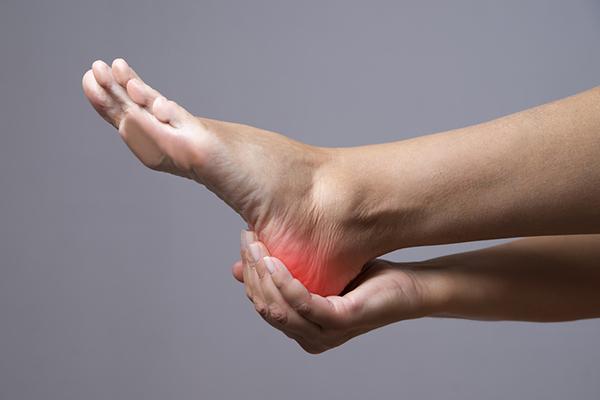 “We need to be sensitive about heal pain in young athletes,” says LaBotz. Too much impact over that area, particularly during times of rapid growth, can cause a stress injury through the growth plate in the heel known as Sever’s Disease. LaBotz has seen a lot of these cases recently, and notes that taking care of it early is important. “If an athlete is starting to get some pain in the heel, you should get some silicone heel cups or cushions to take some of the strain off of that heel.” This is especially important in shoes without cushioning, like soccer cleats. There are also braces with built-in heel pads that athletes in barefoot activities, such as gymnastics and dance, can use.
“We need to be sensitive about heal pain in young athletes,” says LaBotz. Too much impact over that area, particularly during times of rapid growth, can cause a stress injury through the growth plate in the heel known as Sever’s Disease. LaBotz has seen a lot of these cases recently, and notes that taking care of it early is important. “If an athlete is starting to get some pain in the heel, you should get some silicone heel cups or cushions to take some of the strain off of that heel.” This is especially important in shoes without cushioning, like soccer cleats. There are also braces with built-in heel pads that athletes in barefoot activities, such as gymnastics and dance, can use.
Heading to the shoe store? Get a video first.
Most parents aren’t able to assess whether an athlete is an overpronator, but a running store typically has staff on hand to help make that assessment. An overpronator is more at risk of shin splints, Achilles’ issues, and knee pain, but the right shoes can help provide support. Before you head to the nearest running store, grab a video of your athlete running for their sport, which will be the most accurate representation.
Price is no object
There are plenty of decent shoe options at budget stores, so don’t worry if you can’t spend $200 for new shoes for your athlete. Instead of continuing to drop money on expensive shoes, LaBotz says it’s better to talk to a physical therapist or sports medicine doctor.
Laces can change shoe fit and address issues
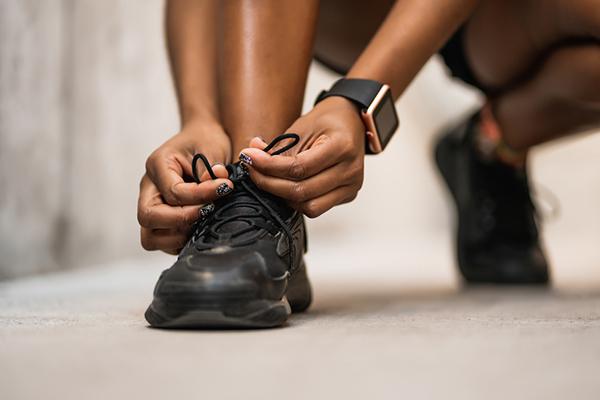 Remember that shoelaces can be used to alleviate pressure in certain parts of the foot depending on how loose or tight they’re laced. You can also change the lace configurations to help an athlete avoid a hotspot. That’s why actual shoelaces are preferable over Velcro options, even if Velcro is speedier. “If I see a child who’s having a lot of pain through the arch or the top of the foot, they can experiment with different lacing patterns before changing shoes entirely,” she says. (You can find different lacing options for different foot issues here.)
Remember that shoelaces can be used to alleviate pressure in certain parts of the foot depending on how loose or tight they’re laced. You can also change the lace configurations to help an athlete avoid a hotspot. That’s why actual shoelaces are preferable over Velcro options, even if Velcro is speedier. “If I see a child who’s having a lot of pain through the arch or the top of the foot, they can experiment with different lacing patterns before changing shoes entirely,” she says. (You can find different lacing options for different foot issues here.)
Go as minimal as possible
It’s true that some athletes will need shoes with more cushioning and more heel lift. But if your athlete is comfortable in a shoe that’s very minimal, then don’t add unnecessary support. And don’t worry if it seems like your athlete’s foot is getting wider. “A broad foot is really good at shock absorption,” says LaBotz. “And regardless of the shoe they wear during sport, I’m a huge fan of letting kids go barefoot whenever it’s safe and comfortable. Building up that foot strength is important.”
Socks matter too
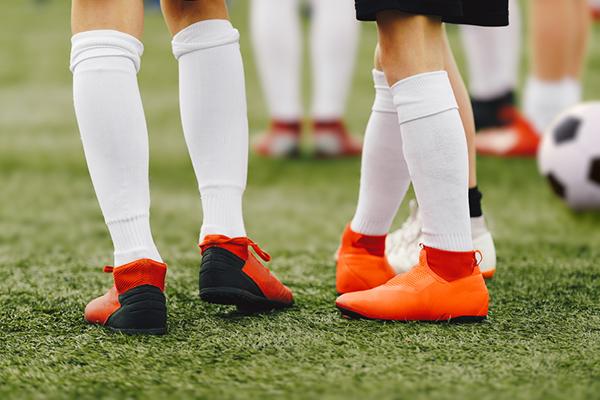 When considering your athlete’s shoes, make sure they’re wearing the socks that they’ll wear with the shoes as they try new pairs on. It may not make much of a difference, but if your athlete goes to school in thin low-rise socks but will be wearing thicker sport-specific socks for practice, that can change the comfort (and even size) of the shoe you’ll need. LaBotz also warns against using cotton socks with synthetic shoes, unless your athlete wants a soggy, potentially bacteria-laden sock after a sweaty practice.
When considering your athlete’s shoes, make sure they’re wearing the socks that they’ll wear with the shoes as they try new pairs on. It may not make much of a difference, but if your athlete goes to school in thin low-rise socks but will be wearing thicker sport-specific socks for practice, that can change the comfort (and even size) of the shoe you’ll need. LaBotz also warns against using cotton socks with synthetic shoes, unless your athlete wants a soggy, potentially bacteria-laden sock after a sweaty practice.
Know when to replace shoes
Do not buy shoes that are too big in anticipation that the athlete will “grow into them,” and similarly, replace shoes as your athlete outgrows them and they become uncomfortable. If their toenails are turning black, they need new shoes. Another sign is if your athlete is suddenly getting blisters. “Breaking in new shoes may cause blisters for a few wears, but if your athlete is getting blisters in old shoes, it’s time to change,” says LaBotz.
“In the past, we’d always look at the at the tread of the shoe. But with new technology, treads are lasting for much longer,” LaBotz adds. “Look at the midsole instead. Look for cracks and folds and see if the midsole material is collapsing down. Midsoles break down faster than any other part of the shoe now.”
___________________________
Takeaway
Choosing shoes for sport is never easy, but it is critical to an athlete’s performance and physical wellness. These tips from Dr. Michele LaBotz will help you and your athlete find the right footwear.
